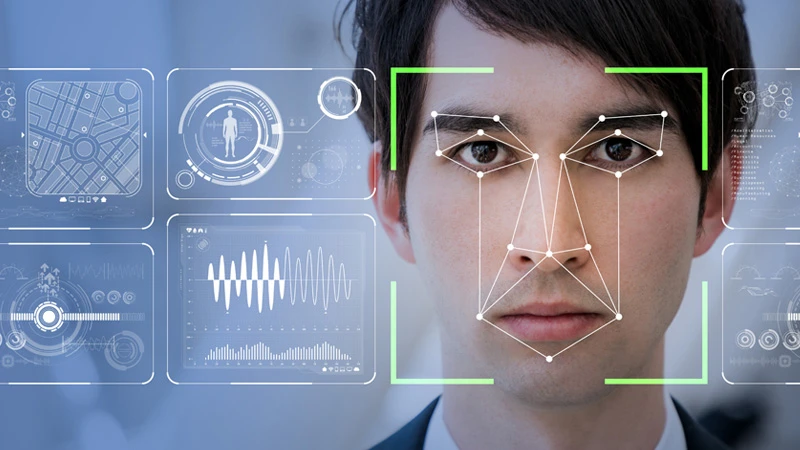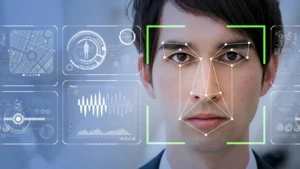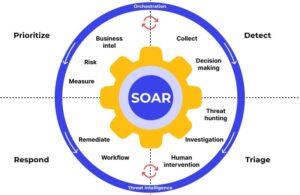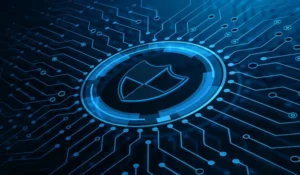Quantum Physics Explained: A Beginner’s Guide to the Microscopic World
Quantum physics, the study of the microscopic world, often seems like a realm of magic and mystery. But fear not! This guide will help you understand the basics of quantum mechanics using simple, everyday analogies. Let’s dive into the fascinating world of particles, waves, and mind-bending phenomena.
Introduction: Demystifying Quantum Mechanics Basics
Quantum mechanics is the framework that describes the behavior of matter and energy at the atomic and subatomic levels. It’s a world where particles can be in multiple places at once, where cause and effect become blurred, and where our everyday intuitions about reality break down.
The Building Blocks: Particles, Waves, and Duality
In the quantum world, things aren’t always what they seem. Particles like electrons can behave as waves, and waves of light can act like particles. This is called wave-particle duality.
Imagine you’re throwing a tennis ball (particle) across a pond. Now imagine that same tennis ball spreading out like ripples on the water (wave). In the quantum world, both of these seemingly contradictory behaviors can be true at the same time!
Quantum Superposition: Being in Two Places at Once
Superposition is the ability of quantum systems to exist in multiple states simultaneously. It’s like having a coin that’s both heads and tails until you look at it.
Think of your morning routine. Before you decide what to have for breakfast, you’re in a superposition of having cereal AND toast. It’s only when you make a decision (or measurement, in quantum terms) that this superposition collapses into one definite state.
Entanglement: Spooky Action at a Distance
Quantum entanglement occurs when two particles become connected in such a way that the quantum state of each particle can’t be described independently. Einstein famously called this “spooky action at a distance.”
Imagine you and a friend each have a box. When you open your box, you instantly know what’s in your friend’s box, no matter how far apart you are. That’s entanglement in a nutshell!
The Uncertainty Principle: Limits of Knowledge in the Quantum World
Heisenberg’s Uncertainty Principle states that we can’t simultaneously know both the exact position and momentum of a particle. The more precisely we measure one, the less precisely we can know the other.
It’s like trying to take a photo of a speeding car. You can either get a clear picture of where it is (position) but it will be blurry, or you can get a sharp image of the car but not know exactly where it was when the photo was taken (momentum).
Quantum Tunneling: Defying Classical Barriers
Quantum tunneling allows particles to pass through barriers that they classically shouldn’t be able to overcome. It’s as if you could walk straight through a wall!
In the everyday world, this is like finding your car keys in a place you’re sure you didn’t put them. In the quantum world, there’s a tiny chance they could have “tunneled” there!
Schrödinger’s Equation: The Heart of Quantum Mechanics
Schrödinger’s equation is the fundamental equation of quantum mechanics. It describes how the quantum state of a system changes over time.
While the math is complex, you can think of it as a recipe for predicting the probability of finding a particle in a certain place at a certain time. It’s like a weather forecast for the quantum world!
Quantum Measurement: The Observer Effect
In quantum mechanics, the act of measurement can affect the system being measured. This is known as the observer effect.
Imagine you’re trying to check if a soufflé is done. The moment you open the oven to look, you let out heat and the soufflé collapses. In quantum terms, your observation has changed the state of the system!
Quantum Computing: Harnessing the Power of Superposition
Quantum computers use quantum bits or qubits, which can be in a superposition of states. This allows them to perform certain calculations much faster than classical computers.
Think of it as having a super-efficient multitasker who can work on multiple tasks simultaneously, rather than one at a time like a classical computer.
Quantum Cryptography: Unbreakable Codes of the Future
Quantum cryptography uses the principles of quantum mechanics to create theoretically unbreakable codes. It’s based on the fact that measuring a quantum system disturbs it.
It’s like having a letter that self-destructs if anyone other than the intended recipient tries to read it!
Quantum Teleportation: Beam Me Up, Schrödinger
Quantum teleportation isn’t about moving matter from one place to another. Instead, it’s about transferring the quantum state of one particle to another particle at a distance.
Imagine you have two linked pairs of gloves. Whatever you do to one glove instantly happens to its pair, no matter how far apart they are. That’s the essence of quantum teleportation!
Conclusion: The Future of Quantum Physics and Technology
As we continue to unlock the secrets of the quantum world, we’re opening doors to technologies that were once the realm of science fiction. From ultra-secure communications to computers that can solve complex problems in seconds, quantum physics is shaping the future of technology.
Remember, if quantum physics seems strange, that’s because it is! The microscopic world operates by different rules than our everyday experience. But with analogies and a bit of imagination, we can begin to grasp these fascinating concepts.














Post Comment